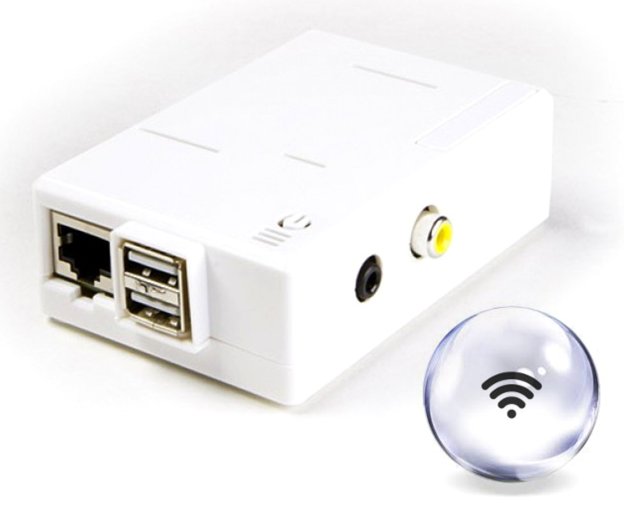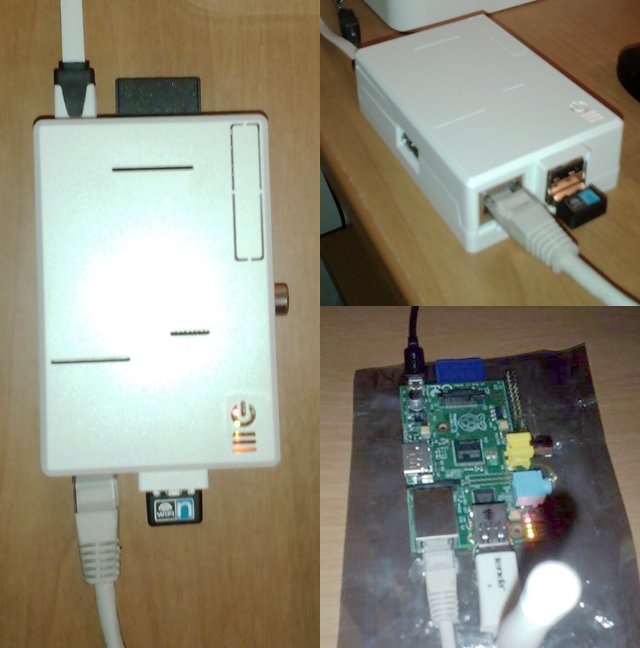3D Wi-Fi Bubbles
Hello again! This time we will explore 3D Wi-Fi Bubbles, a curiously (but accurately) named invention of George Delaportas, a young Greek entrepreneur with a passion for innovation and technology. The author claims that his invention is the biggest Wi-Fi innovation ever! Let’s find out if his claim has a solid base, and why has he used a “3D” sticker for a Wi-Fi product.
3D Wi-Fi Bubbles, which is currently gathering funds on Indiegogo, is branded as a hospitality / tourism Wi-Fi solution that can also be implemented in underdeveloped countries. The hardware + software combo operates in a dynamic 3D space, called a “Wi-Fi Bubble” by the author.
According to him, the new technology has the following advantages in comparison with other Wi-Fi solutions that are available on the market:
– It allows people to get instant access to the Wi-Fi network, without having to use a user name / password combination;
– Only people who visit the hotel, restaurant, etc. can have access the network. People who aren’t in the actual location, and are just passing by it, won’t be able to connect to the Wi-Fi network no matter how close to the transmitter they are;
– 3D Wi-Fi Bubbles helps people increase smartphone battery life by up to 2…4 hours, by intelligently tweaking the Wi-Fi data packets;
– The invention offers the owners the possibility of advertising their services on their visitors’ screens, without needing to install any app on their devices;
– Finally, it can be white labeled, so each business owner can have a dedicated mobile app built for his/her particular needs.
Take a look at the image below to see an early, and yet 100% functional prototype. In fact, George has already installed his invention in three different places in Greece (a cafeteria and two hotels).

It’s easy to install 3D Wi-Fi Bubbles! Just plug in its power adapter, connect an Ethernet cable to it, and then enjoy its unique features. Visitors will simply have to choose the “3D-WiFi-Bubbles” network to connect to the Wi-Fi network.
The invention consists of five elements
- a) The custom-made access point;
- b) An SD card to store the data (according to the creator, an 8GB card is more than enough);
- c) A standard 2.4 GHz Wi-Fi antenna;
- d) A good Ethernet cable;
- e) A power adapter. For best results, George uses a 2 Amp model. He recommends a European (220-240V) model on his Indiegogo page, but fortunately there are many other US adapters which can deliver the needed power, in case that he ever decides to market his invention across the ocean.

The hardware is a slightly modified version of the Raspberry Pi board, and the custom-built software does all these intelligent things. The main invention is the “3D WiFi Fencing” algorithm, which enables a very precise Wi-Fi range control.
So, what is so special about 3D Wi-Fi Bubbles, once again?
First of all, it helps people connect to the Internet without needing a password.
Then, it prevents unauthorized persons from accessing the owners’ Wi-Fi networks. This saves the owners money, helps them attract more people and keeps them out of trouble.
Many hackers connect to active hotspots without the owners knowing about it, and then they use special software to sniff data packets, with the goal of grabbing the visitors’ passwords and personal information. With 3D Wi-Fi Bubbles, this issue is fixed for good.
I don’t know about you, but I look forward to seeing this device hit the market.
